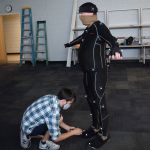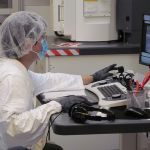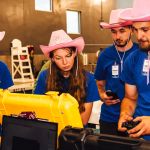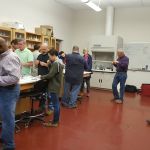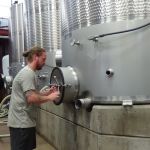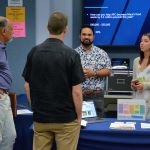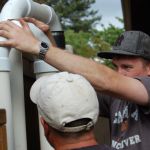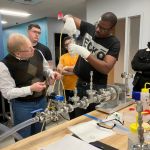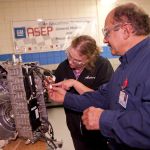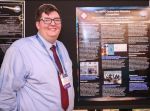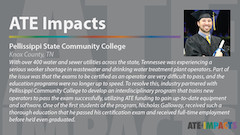The National Applied Artificial Intelligence Consortium (NAAIC) is a new NSF ATE-funded initiative that addresses the growing demand for skilled AI professionals in industries nationwide. A collaboration between Miami Dade College, Houston Community College, and Maricopa County Community College District, NAAIC serves as a bridge between community college academia and industry. By developing innovative training programs, offering mentorship, and fostering partnerships with tech giants like Intel, AWS, Microsoft, and Google, NAAIC empowers community colleges to prepare students for impactful careers in AI.
To tell us more about the work of NAAIC, ATE Impacts interviewed NAAIC Co-PI, Antonio Delgado Fornaguera. Antonio is Miami Dade College’s Vice President of Innovation and as such, has secured over $50 million in grants and has launched key programs like the first Bachelor and Associate degrees in Applied AI in Florida, the NSA-designated Cybersecurity Center of the Americas, and the Electric Vehicle Training Center in collaboration with Tesla.
Through NAAIC, Antonio and his team are advancing the education and training of a diverse technical workforce. By creating pathways to industry-aligned AI certifications, supporting faculty professional development, and building a vibrant community of practice, NAAIC ensures that community colleges remain essential to shaping the future of applied AI education.
Can you talk a little about the creation of NAAIC? What needs in the workforce did you see that led to the development of this consortium?
The National Applied AI Consortium (NAAIC) was created to address a critical shortage of skilled AI professionals and meet the growing demand for workforce development in artificial intelligence. As AI reshapes industries, employers need a workforce that is not only technically proficient but also capable of applying AI to real-world industry challenges. Community colleges play a vital role in addressing this need, as they can provide accessible, practical training programs that are aligned with local and regional workforce demands. With their focus on affordability and flexible learning paths, community colleges are uniquely positioned to offer hands-on, industry-relevant AI training, making it possible for a broader and more diverse student population to enter the AI field.
NAAIC draws on the practical experience and leadership of pioneering institutions like Miami Dade College (MDC), Houston Community College (HCC), and Maricopa County Community College District (MCCCD), which are the first colleges in the U.S. to develop and implement undergraduate AI degrees. These community colleges bring unique insights into AI workforce development, having created some of the nation’s earliest degree programs tailored to the demands of modern industries in collaboration with companies like Intel, Microsoft, AWS and Google. Their initiatives address the critical shortage of skilled AI professionals by equipping students with foundational and applied AI knowledge that is directly transferable to the workforce.


